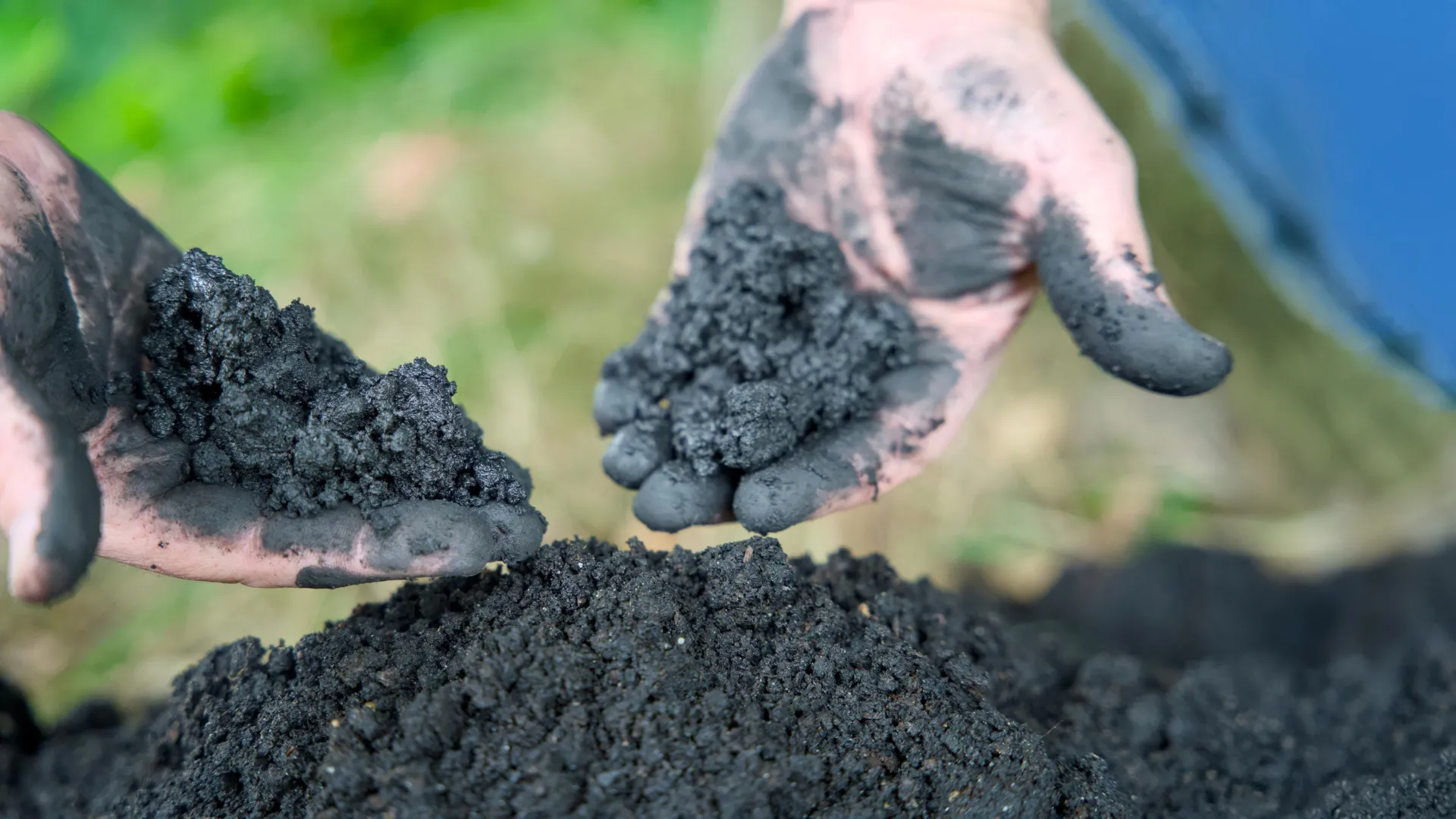Biochar’s secret power could change clean water forever
Biochar isn’t just a filter—it’s an electron-fueled pollutant destroyer, ready to transform clean water technology.
- Date:
- September 26, 2025
- Source:
- Biochar Editorial Office, Shenyang Agricultural University
- Summary:
- Scientists found that biochar doesn’t just capture pollutants, it actively destroys them using direct electron transfer. This newly recognized ability accounts for up to 40% of its cleaning power and remains effective through repeated use. The discovery opens the door to cheaper, greener, and more efficient water treatment methods worldwide.
- Share:

We've all heard the story: biochar cleans water by adsorbing pollutants -- trapping them like a sponge. Or, in fancier setups, it acts as a catalyst to help oxidants like hydrogen peroxide break down toxins. But Dr. Gao's team asked a bold question: What if biochar can degrade pollutants all by itself? Turns out -- it can. And it's been doing it quietly all along.
The Electron Ninja: Biochar's Secret Power
The secret lies in electron transfer -- a natural ability of biochar that's been overlooked for years. Think of it like this: instead of just catching a bad guy (adsorption), biochar can now take them down on its own (direct degradation). Using advanced electrochemical tests, quantification methods, and correlation analysis, the team proved that biochar actively breaks down organic pollutants through direct electron transfer -- without needing extra chemicals. In their experiments, direct degradation accounted for up to 40% ± 10% of the total pollutant removal. That's almost half the cleaning power coming straight from the biochar itself!
What Makes Biochar So Electric?
Not all biochar is created equal. The team discovered that three key features supercharge its electron power:
- C-O and O-H functional groups - the "handholds" for electron transfer
- Graphitic carbon structure - the "highway" for electrons to travel fast The better the structure, the more electrons flow, and the faster pollutants vanish.
Even after five reuse cycles, the biochar kept its direct degradation power -- nearly 100% stable. That's sustainability with stamina.
Why This Changes Everything
This study flips the script on how we use biochar in wastewater treatment. It's not just a passive filter or a sidekick catalyst -- it's an active pollutant destroyer.
This means:
- Fewer chemicals needed in water treatment plants
- Lower costs and less sludge
- Greener, smarter purification for industries and communities
"Biochar has been underestimated," says Dr. Gao. "It's not just a sponge -- it's a battery, a conductor, and a degrader all in one. We're just beginning to tap into its true potential."
A New Era for Environmental Engineering
With industrial pollution still a global challenge, discoveries like this are more than just lab wins -- they're blueprints for a cleaner future. By clarifying the difference between adsorption, direct degradation, and indirect (catalytic) degradation, this research paves the way for smarter, more efficient biochar design -- custom-built for real-world water crises. And at the heart of it all is Dalian University of Technology, shining as a hub of innovation in environmental science and industrial ecology.
Ready to Rethink "Clean"?
Next time you hear "biochar," don't just think "carbon-rich charcoal." Think electron-powered eco-warrior -- silently zapping pollutants, one electron at a time. Kudos to Dr. Yuan Gao and the DUT team for pushing the boundaries of green tech. Stay tuned, stay curious, and let's keep turning science into solutions -- for cleaner water, healthier ecosystems, and a more sustainable world.
Story Source:
Materials provided by Biochar Editorial Office, Shenyang Agricultural University. Note: Content may be edited for style and length.
Journal Reference:
- Fan Zhang, Yuan Gao, Yajie Gao, Rui Han. Structure-performance relationship of biochar for direct degradation of organic pollutants. Carbon Research, 2025; 4 (1) DOI: 10.1007/s44246-025-00219-3
Cite This Page: